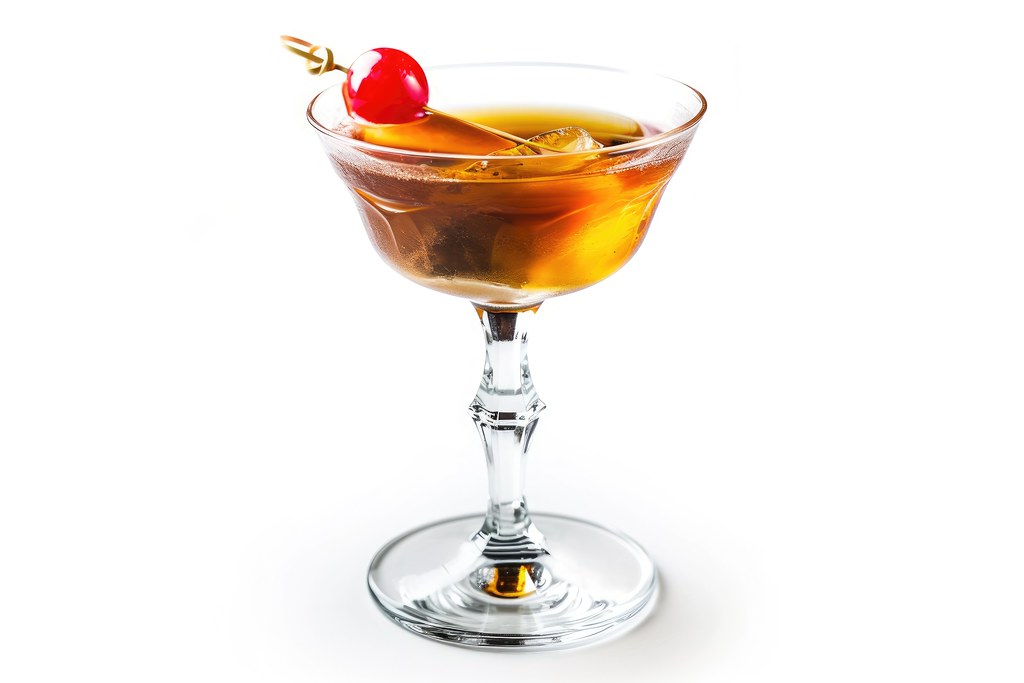The Manhattan cocktail is a quintessential drink that has stood the test of time, capturing the essence of elegance, simplicity, and sophistication. With its origins dating back to the 19th century, the Manhattan has evolved into one of the most beloved and enduring cocktails in the world. Whether served in a swanky cocktail bar or in the comfort of one’s own home, the Manhattan remains a symbol of timeless cocktail culture.
Origins and History
The precise origins of the Manhattan cocktail are the subject of some debate, but most historians agree that it was first created in the 1860s. The drink is traditionally attributed to bartender Julius W. S. “Joe” Gilmore, who crafted the concoction for a lavish banquet hosted by financier and politician William T. “Boss” Tweed at the Manhattan Club in New York City. Though other stories suggest different inventors or locations, it is the association with the Manhattan Club that solidified the cocktail’s name.
At the time of its creation, cocktails were gaining popularity in the United States, and the Manhattan’s combination of whiskey, sweet vermouth, and bitters was a perfect reflection of the growing trend toward more refined, balanced drinks. Over time, the Manhattan has evolved into an enduring classic, synonymous with both the sophistication of the Gilded Age and the modern mixology renaissance.
Ingredients and Preparation
The classic Manhattan cocktail consists of only a few key ingredients, making it a relatively simple yet highly effective drink:
- Whiskey: Traditionally, rye whiskey is the spirit of choice for a Manhattan, though bourbon can also be used for a slightly sweeter variation. Rye whiskey’s spicy and bold flavor profile complements the sweetness of the vermouth, making it an ideal base spirit.
- Sweet Vermouth: This fortified wine, flavored with herbs and spices, brings a rich, slightly sweet element to the cocktail. Its depth of flavor balances the strong notes of the whiskey, creating a harmonious mix.
- Bitters: Aromatic bitters, typically Angostura, add complexity and a hint of bitterness to the cocktail. The bitters help to mellow out the sweetness of the vermouth while providing a deeper, more nuanced flavor.
- Garnish: A traditional Manhattan is garnished with a cherry, often maraschino or brandied, which complements the drink’s rich flavors and adds a touch of visual appeal. Some variations may use a twist of lemon peel for a citrusy accent.
To prepare a Manhattan, the ingredients are typically combined in a mixing glass with ice, stirred until well-chilled, and strained into a chilled cocktail glass. The garnish is then added, completing the drink. Though the Manhattan is often stirred, a shaken version may be preferred by those who enjoy a more pronounced dilution and texture.
Variations of the Manhattan
While the traditional Manhattan remains the most popular version, several variations have emerged over time, each offering a unique twist on the classic recipe:
- Perfect Manhattan: This variation uses equal parts of sweet and dry vermouth, creating a more balanced, less sweet drink. It’s often preferred by those who enjoy a more subtle vermouth flavor.
- Dry Manhattan: For those who prefer a drier taste, this variation uses dry vermouth instead of sweet vermouth, resulting in a less sweet and more herbaceous drink. It’s typically garnished with a lemon twist rather than a cherry.
- Smoky Manhattan: A modern twist on the classic, this variation incorporates smoky Scotch whisky (often Islay) in place of rye or bourbon, adding a unique flavor profile with peaty undertones.
- Manhattan on the Rocks: For a more relaxed, approachable version, the Manhattan can be served over ice in a lowball glass, offering a slower dilution for a more leisurely drinking experience.
The Manhattan’s Cultural Significance
The Manhattan cocktail is often associated with high society, political power, and luxury, thanks to its historical roots in the upscale Manhattan Club. Throughout the years, the drink has been featured in films, literature, and popular culture, further cementing its place as a symbol of sophistication and class. Iconic moments in cinematic history, such as in the films Casablanca and Mad Men, have showcased the Manhattan as the drink of choice for powerful, charismatic characters.
Moreover, the Manhattan has also seen a resurgence in recent years, as cocktail enthusiasts and mixologists embrace the history and artistry of classic drinks. This revival has sparked a new appreciation for the drink’s simplicity and balance, making it a staple on modern cocktail menus around the world.
Conclusion
The Manhattan cocktail remains a timeless and enduring symbol of cocktail culture, beloved for its rich history, simple yet elegant ingredients, and refined taste. Whether enjoyed by a seasoned mixologist or a casual drinker, the Manhattan continues to captivate the senses and offer a taste of sophistication that transcends trends and fads. As we look to the future of mixology, the Manhattan cocktail will undoubtedly remain a staple, forever associated with style, tradition, and the art of crafting exceptional drinks.

